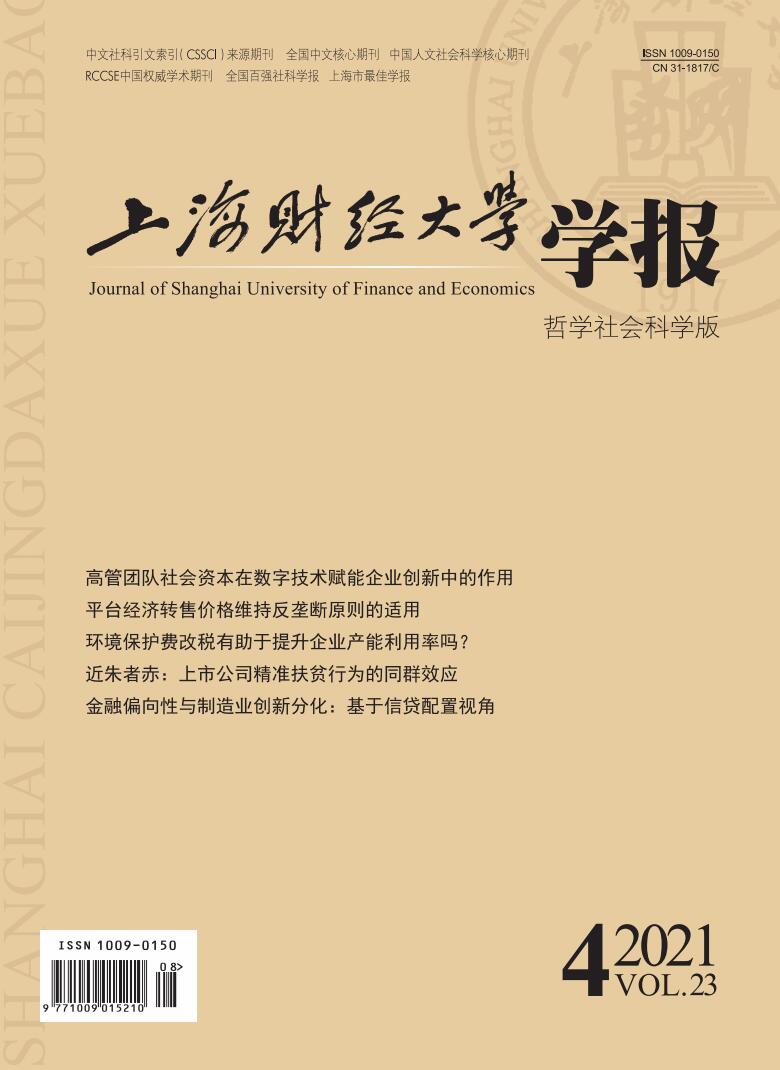China is undergoing a major change in the age structure of its population. In order to cope with the lack of young workforce and the extension of the legal retirement age, enterprises need to retain more experienced older workers, which makes the age structure of their employees more diverse, and the problem of potential age discrimination is becoming more serious. Age-inclusive management concept, as a comprehensive management strategy, is hoped to play the value of age diversity and avoid the disadvantages of age discrimination. However, the challenges brought by the aging population are too complex, which not only requires the joint commitment of employees and enterprises, but also requires the participation of the government and society. Enterprises need to bear the social responsibility of age-inclusive. Age-inclusive social responsibility is an innovative choice for the theoretical research and practical management of age diversity. It seeks for employees, consumers and other stakeholders to create value together with enterprises. It is a special way for enterprises to actively respond to the aging population. This study identifies that the core concept of age-inclusive social responsibility has experienced the motivation and cognitive transformation from diversity, inclusiveness to responsibility, and its management mode has experienced the evolution from the stage of observing its change, the stage of passive response, the stage of active embrace to the stage of value co-creation. Compared with the traditional corporate social responsibility, age-inclusive social responsibility is endowed with new connotation under the framework of triple bottom line theory, pyramid theory and stakeholder theory. Its value logic and ecosystem construction is embodied in five aspects: theory reconstruction, management enhancement, governance incentive, ethics guidance, and law regulation. The research pushes the age diversity management model to a new height, helps corporate managers to clarify and recognize the diversified age structure and age discrimination of employees in the workplace, and identifies the characteristics, problems and management strategies of the different development stages of age diversity. Responsibility and care for aging employees can bring rewards to enterprises. Future research should focus on the evaluation system, impact effect and management strategy of age-inclusive social responsibility.
 / Journals / Journal of Shanghai University of Finance and Economics
/ Journals / Journal of Shanghai University of Finance and EconomicsJournal of Shanghai University of Finance and Economics
LiuYuanchun, Editor-in-Chief
ZhengChunrong, Vice Executive Editor-in-Chief
GuoChanglin YanJinqiang WangWenbin WuWenfang, Vice Editor-in-Chief
Age-inclusive Social Responsibility: The Frontier and Prospects
Journal of Shanghai University of Finance and Economics Vol. 23, Issue 04, pp. 91 - 106 (2021) DOI:10.16538/j.cnki.jsufe.2021.04.007
Summary
References
Summary
Cite this article
Jiang Yufeng, Pan Chulin, Guo Hongpeng. Age-inclusive Social Responsibility: The Frontier and Prospects[J]. Journal of Shanghai University of Finance and Economics, 2021, 23(4): 91-106.
Export Citations as:
For





 5686
5686  11219
11219

